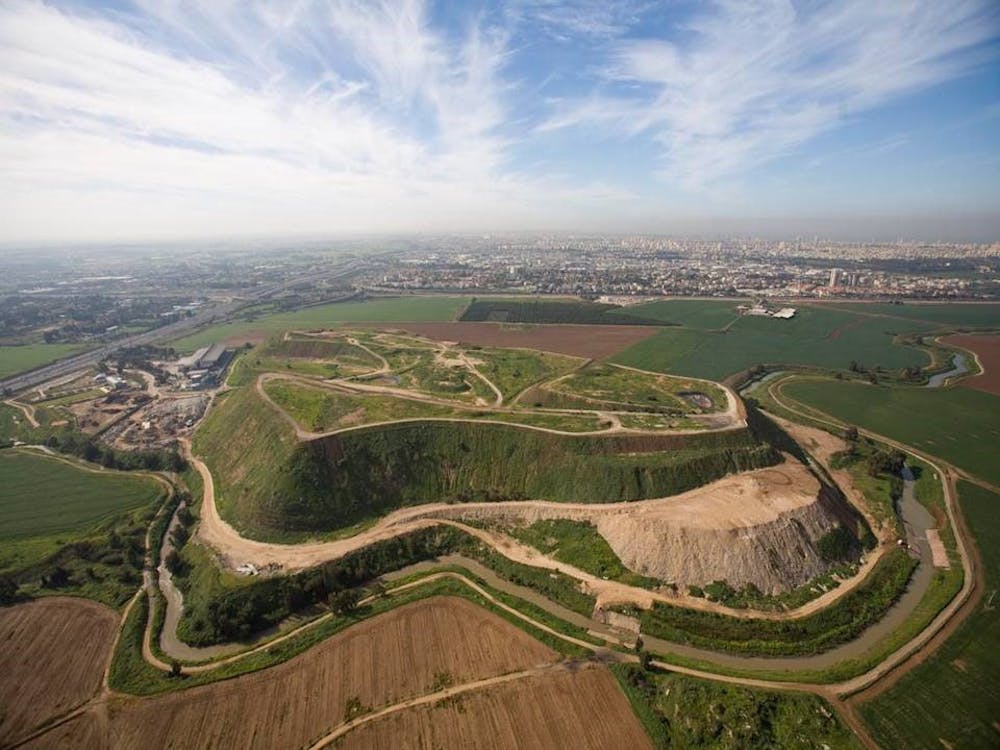In July 2014, Mount Hiriya was opened to the public. Hiriya was once Israel’s largest landfill, but now it is Ariel Sharon Park, an ecological park 3 times the size of Central Park in New York City.
“It has become a symbol of renewal in Israeli society.”
Hiriya, located between Road 4 and Road 461 east of Tel Aviv, was a 2,000-acre active landfill from 1952 to 1999. The landfill saw an estimated 3,000 tons of waste daily. Its multi-million-dollar makeover started in 2001 and will be completed by 2020, according to GoIsrael.com. Ariel Sharon Park will be one of the largest urban parks in the world.
The park offers tours for visitors, walking them through the land rehabilitation process and providing educational activities for kids revolving around recycling.
The Dan Region Association of Towns sanitation and solid waste disposal chose German architect professor Peter Latz to design Ariel Sharon Park. One of the systems built into Mount Hiriya is a sophisticated irrigation system, which uses rainwater to hydrate the soil through a man-made aquifer. Using this water system should lead to the reemergence of natural vegetation.
Biogas, created by waste breakdown was also a prevalent toxic pollutant in the area. Now, the biogas is collected through the 80 wells drilled into the mountain and pumped out. The gas is shipped to the City of Azor to be used as green energy.
Other countries around the world have turned waste dumps into parks or nature preserves. WebEcoist.com has compiled a list of 10 major successful projects, all which cost millions of dollars to plan and complete. The benefits to these parks are numerous, including what they can teach about the habits of people in the surrounding areas when it comes to waste creation.
From “Stinky Hill” to “Green Lung;” A Landfill Transformed into an Eco-park

